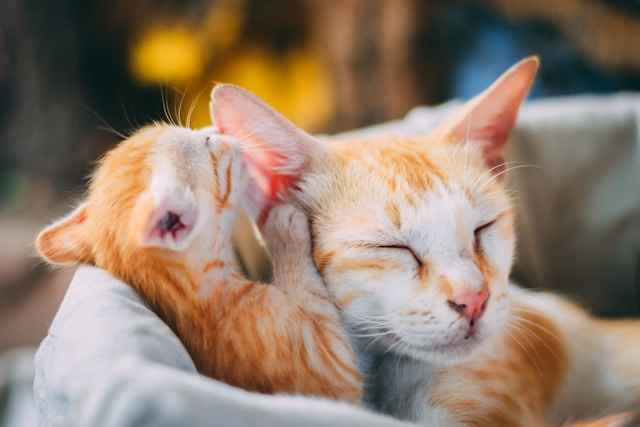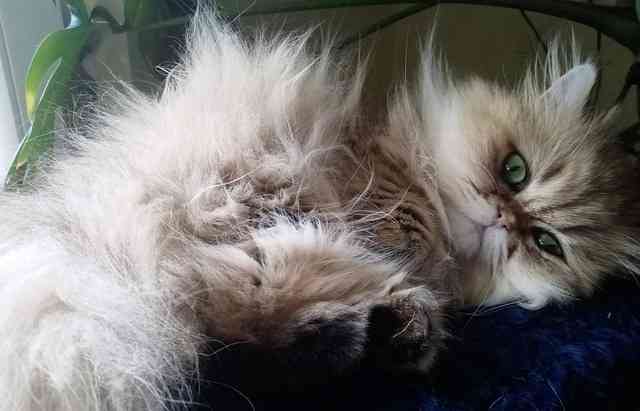Is it normal for your cat to nap half the day? You’re not alone—many cat breeds are famous couch potatoes. According to veterinarians, it’s common and harmless, especially for Persians to sleep 12–16 hours per day, occasionally up to 20 hours.

Why do Persians sleep so much?
- Natural trait: Cats evolved as energy-conserving, crepuscular hunters (active at dawn/dusk). Persian cats take it even further due to genes that promote calm, restful behavior.
- Breed disposition: Experts (Vet Explains Pets) note that Persian cats have a mellow, gentle temperament that pairs perfectly with long stretches of rest.
- Comfort matters: Research Gate experts find out that cats rest more and enter deep sleep quicker on soft surfaces—sometimes love to curl up in.
How sleep links to personality
- Gentle, affectionate, and calm nature of Persian and Ragdoll cats reflect their rest-filled days in their relaxed demeanor and steady mood.
- Reddit cat owners confirm: “Persians weren’t bred to be active… they sit on a cushion and have their slaves hand feed them.” They’re natural chill-lovers, not dynamite dashers.

When should sleep raise a concern?
If your cat exceeds 20 hours daily or shows these signs, consider a vet check:
- Breathing issues: Europe PMC studied that modern brachycephalic (flat‑faced) cats often develop Brachycephalic Obstructive Airway Syndrome—tight nostrils, elongated palate—that can make breathing noisy or labored during rest.
- Genetic kidney disease: Polycystic Kidney Disease (PKD) affects ~36–49% of Persians worldwide. Affected cats may feel fatigued, sleep more, lose appetite or weight, and show increased thirst/urination. Onset often falls between ages 3–10.
- Cognitive decline in senior cats: Feline Cognitive Dysfunction Syndrome can cause changes in sleep, disorientation, nighttime restlessness—much like dementia in humans.
- Low stimulation or early arthritis: Bored or achy cats nap more, especially indoor cats without toys or exercise (According to animalscipublisher.com).
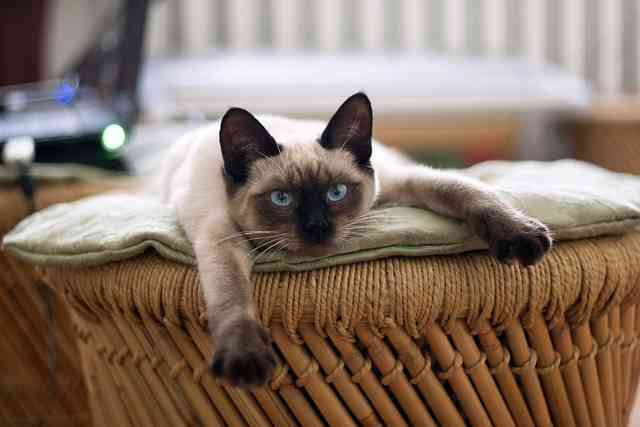
✅ Checklist for Healthy Sleep in Cats
| What to Watch | Why It Matters |
| Total sleep: 12–16 h (up to 20 h for kittens/seniors) | Within normal breed range |
| Breathing: soft vs. loud snoring or open‑mouth | Could signal BOAS |
| Appetite, weight, thirst, litter‑box habits | Early PKD or other internal issues |
| Sudden change in sleep pattern or activity | Rule out cognitive decline or pain |
| Engagement: interactive play, toys, varied surfaces | Prevent boredom & encourage movement |
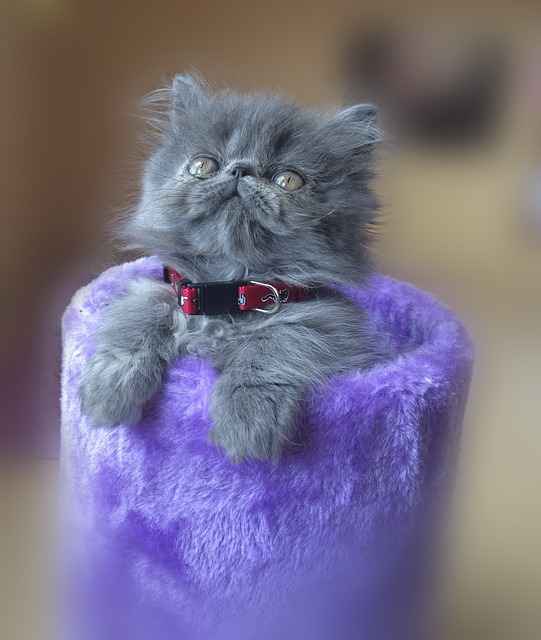
Comfort tips
- Provide soft beds & quiet corners for restful naps.
- Offer interactive toys, climbing shelves, food puzzles to keep cognitive and physical health strong.
When to see a vet
- Sudden increase in sleep
- Noisy, labored breathing or snoring changes
- Appetite loss, weight change, excessive thirst
- Disorientation or nighttime restlessness
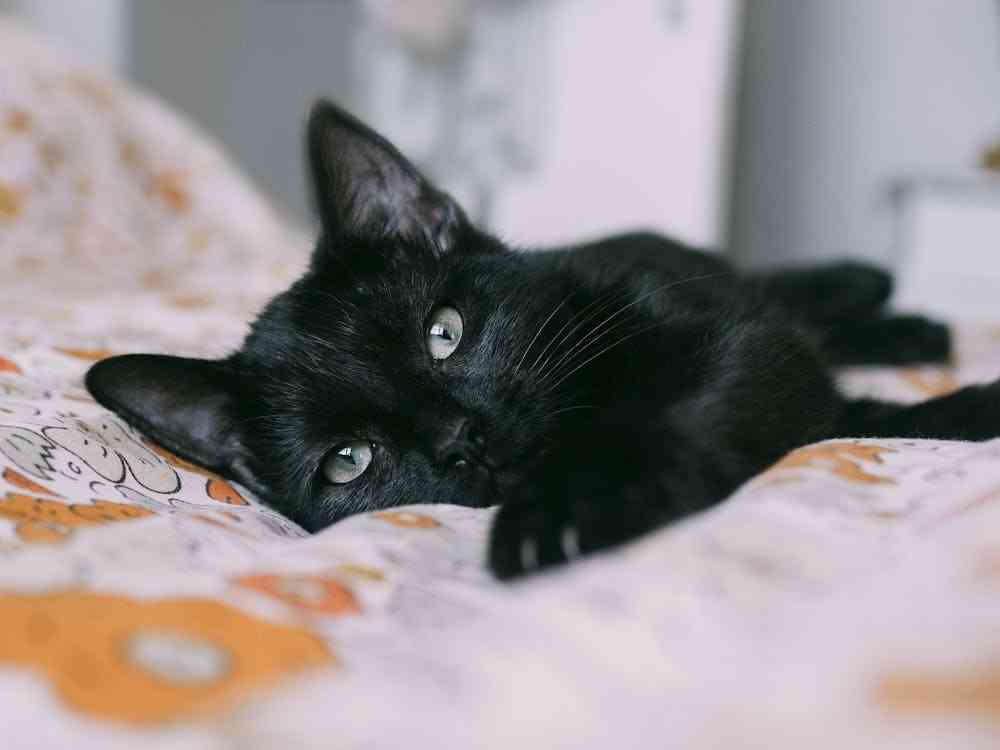
Cat Sleep vs. Age Chart
- Kitten / Senior: up to 20 h
- Adult: 12–16 h
Normal vs. Warning Signs
- Normal: gentle snoring, alert when awake
- Warning: >20 h sleep, labored breathing, poor appetite, behavior change
Health Risk Flowchart
Excessive sleep → check breathing/kidneys/cognition/environment → vet if needed
